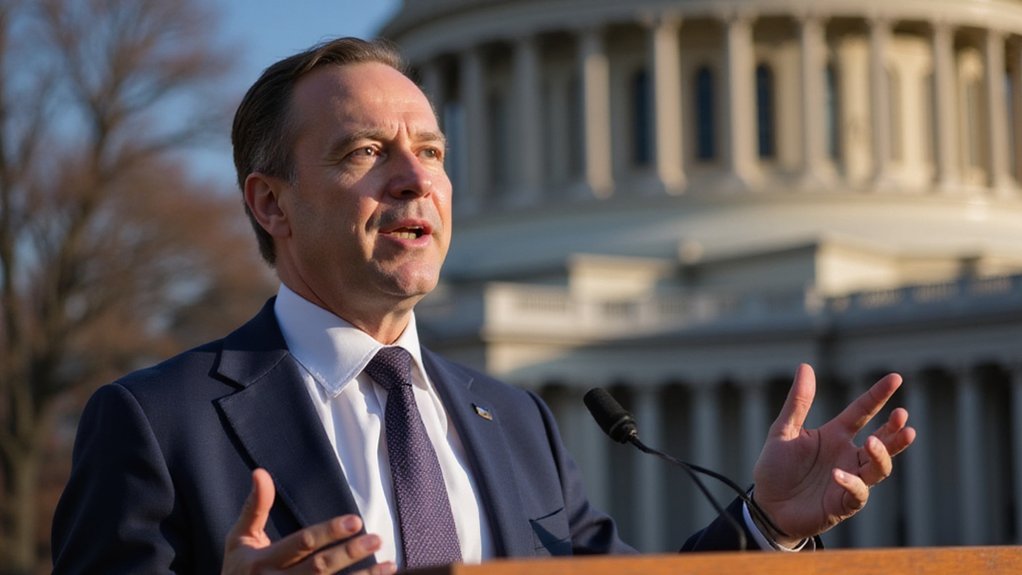How exactly does a digital asset designed to be boring manage to process more transactions than Visa and Mastercard combined? The answer lies in stablecoins‘ peculiar genius: they’ve weaponized predictability in an industry notorious for its volatility, creating what amounts to digital cash that actually behaves like cash.
The numbers paint a picture of quiet revolution. Stablecoins processed over $33 trillion in transactions last year—a figure that would make traditional payment networks nervously adjust their ties. The market, currently valued at $240 billion, is projected to reach $400 billion by 2025, with some forecasts suggesting a meteoric rise to $2 trillion by 2028. Standard Chartered’s projections extend even further, envisioning a $1.4 trillion supply by 2030. This represents a 28% year-over-year growth rate that would make venture capitalists weep with joy.
Stablecoins quietly processed $33 trillion last year—outpacing Visa and Mastercard while projecting growth that would make traditional finance weep.
What’s driving this surge isn’t speculative mania but practical utility. Stablecoins have cracked the code on cross-border payments, offering real-time settlement at a fraction of traditional costs. For over a billion unbanked individuals worldwide, these digital assets represent something approaching financial salvation—access to global commerce without the baroque complexities of correspondent banking relationships. These digital assets achieve their stability mechanism by pegging their market price to reference assets like fiat currencies or commodities.
The competitive landscape reveals interesting dynamics. Tether’s USDT and Circle’s USDC command an intimidating 89% market share, creating what economists might charitably call an oligopoly. However, new entrants like EURC and XCHF are introducing currency diversity beyond the dollar’s hegemony, potentially fragmenting this concentrated market structure. Circle’s remarkable market debut, which saw its stock nearly triple after raising $1.1 billion, demonstrates investor confidence in stablecoin infrastructure.
Perhaps most intriguingly, regulatory attitudes are shifting from suspicion to cautious embrace. Central banks—those bastions of monetary conservatism—are exploring stablecoin integration into monetary policy frameworks. Banks, meanwhile, are steering through evolving compliance landscapes while recognizing stablecoins’ strategic value. Major stablecoin issuers have now accumulated so much US debt that they collectively rank as the 18th-largest holder globally, surpassing entire nations like Germany.
The technological foundation remains blockchain-based smart contracts, which automate transactions with the efficiency that traditional banking infrastructure can only envy. This combination of boring predictability and cutting-edge technology has created what might be the most successful cryptocurrency use case yet: money that actually functions as money, without the theatrical volatility that typically accompanies digital assets.









